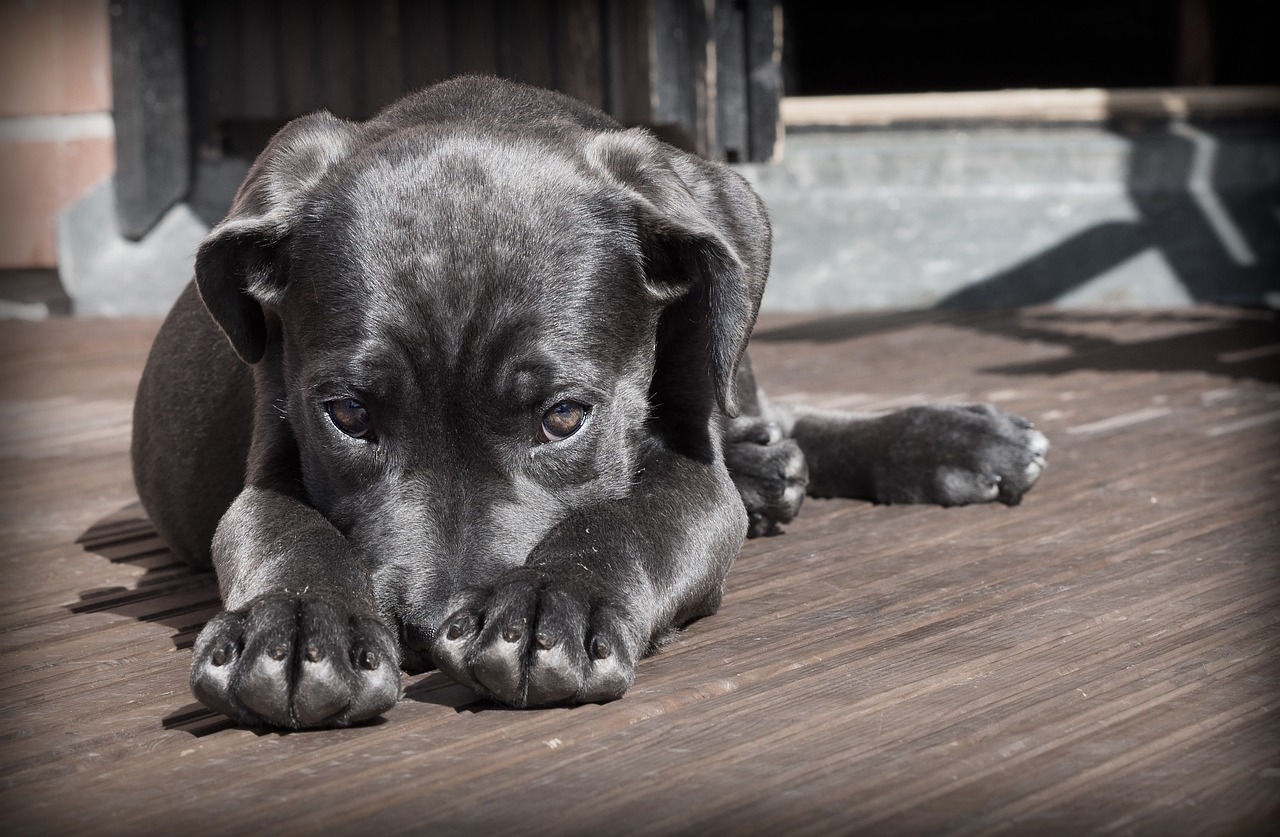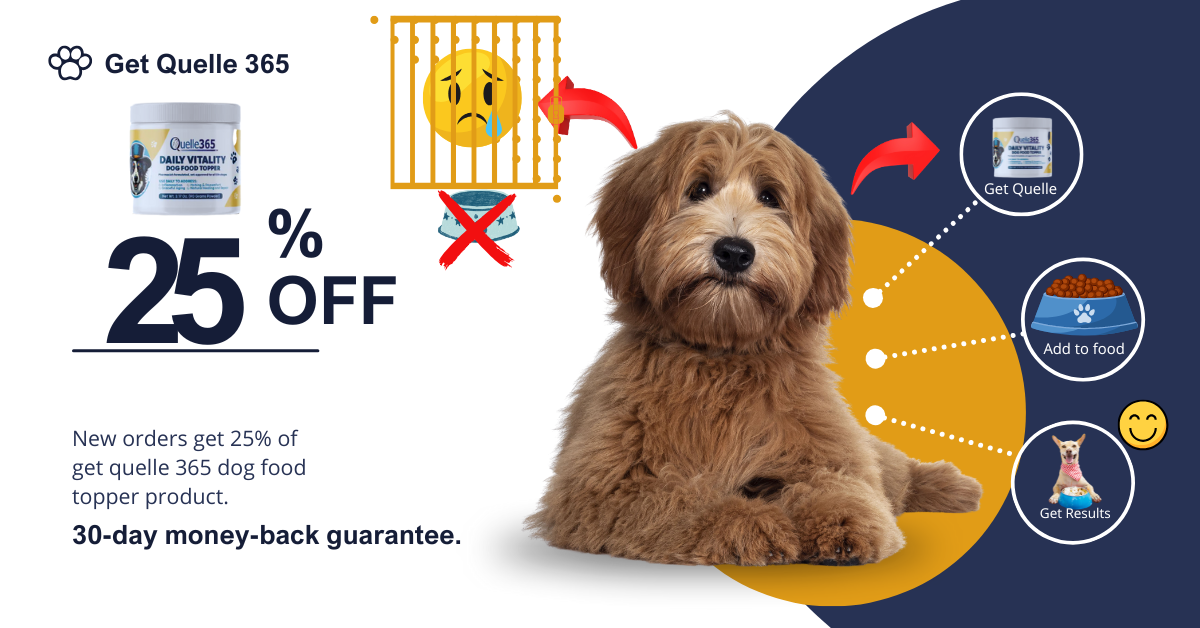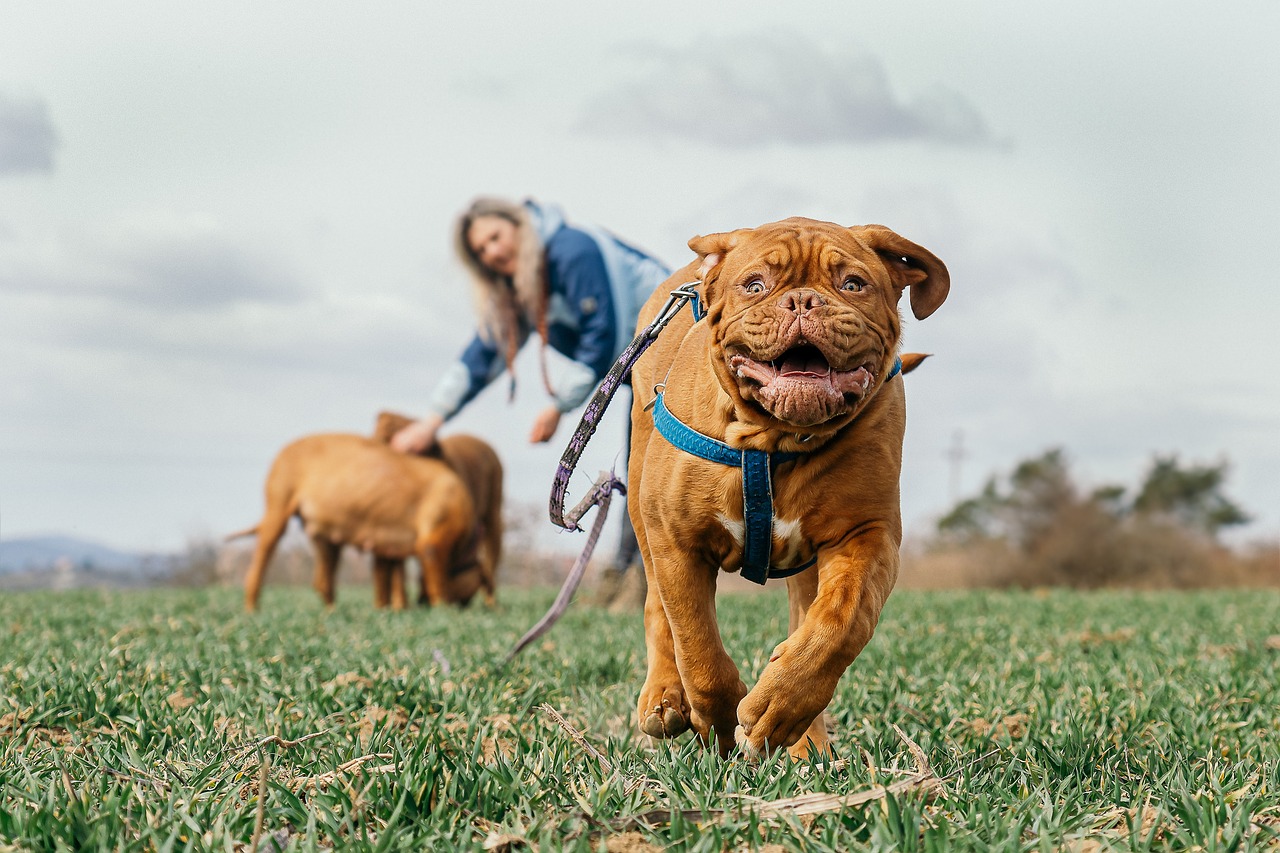Separation anxiety in dogs is a common yet distressing condition that can significantly impact the quality of life for both pets and their owners. Knowing how to manage a dog with separation anxiety is essential for ensuring their well-being and peace of mind. Dogs suffering from separation anxiety often exhibit behaviors such as excessive barking, destructive chewing, and attempts to escape when left alone. These behaviors not only indicate distress but can also lead to serious health issues if not properly addressed.
This article provides comprehensive strategies for managing your dog’s separation anxiety effectively, promoting a happier and healthier relationship with your furry friend.
Understanding Separation Anxiety in Dogs
Separation anxiety in dogs occurs when a dog experiences extreme distress and anxiety in response to being left alone or separated from their owner. Common signs of separation anxiety include excessive barking or howling, destructive behaviors like chewing furniture or scratching doors, attempts to escape, and even house soiling. Recognizing these symptoms is the first step in understanding how to manage a dog with separation anxiety.
Learn To Recognize Anxiety Symptoms In Dogs
Causes of Separation Anxiety in Dogs
Several factors can contribute to separation anxiety in dogs. Changes in routine or environment, such as moving to a new home or changes in the household members, can trigger anxiety. Dogs that have experienced past trauma, such as being abandoned, rehomed, or neglected, are also at higher risk of developing separation anxiety. Understanding the underlying causes can help in developing effective management strategies. It’s important to remember that each dog is unique, and what works for one may not work for another.
How to Manage a Dog with Separation Anxiety
Managing a dog with separation anxiety involves a combination of training, environmental adjustments, and sometimes professional help. Here are some techniques to consider:
- Gradual Desensitization: Gradually accustom your dog to being alone by leaving them for short periods and gradually increasing the duration. This helps them understand that you will always return.
- Creating a Safe Space: Provide a comfortable and secure area where your dog feels safe. This can be a crate or a specific room with their favorite toys and bedding.
- Positive Reinforcement: Reward your dog for calm behavior and gradually build their confidence in being alone. Use treats, praise, and attention to reinforce positive behavior.
Find Out Which Dog Breeds Often Have Severe Anxiety
Training Tips to Reduce Separation Anxiety
Training plays a crucial role in managing separation anxiety. Here are some tips:
- Commands: Teach basic commands like “sit,” “stay,” and “down” to build obedience and confidence. These commands can help your dog feel more secure.
- Crate Training: Use crate training to create a safe and comfortable space for your dog. Ensure the crate is a positive place, not a punishment.
- Establish Routines: Maintain a consistent routine for feeding, walks, and playtime to provide stability and predictability.
The Role of Exercise and Mental Stimulation
Regular exercise and mental stimulation are vital in reducing separation anxiety. Physical activities like walks, runs, and playtime can help expend energy and reduce anxiety. Mental stimulation through puzzle toys, interactive games, and training sessions keeps your dog engaged and less focused on your absence. These activities can prevent boredom and destructive behavior, making it easier for your dog to handle being alone.
Using Calming Products and Techniques
Several products can help manage separation anxiety in dogs:
- Anxiety Wraps: These apply gentle pressure, providing comfort and reducing anxiety. Thundershirts are a popular example.
- Pheromone Diffusers: These release calming scents that can help soothe your dog. Adaptil diffusers mimic the calming pheromones produced by nursing mother dogs.
- Calming Supplements: Natural supplements containing ingredients like chamomile or valerian root can help reduce anxiety. Always consult your vet before starting any supplement.
When to Seek Professional Help
In severe cases of separation anxiety, professional help may be necessary. Consulting a dog trainer or behaviorist can provide specialized strategies and support. Look for professionals with experience in dealing with separation anxiety and positive reinforcement techniques. They can develop a tailored plan to address your dog’s specific needs and help you implement effective strategies.
Personal Stories and Testimonials
Many dog owners have successfully managed their pets’ separation anxiety using these strategies. For example, one owner might share how crate training and gradual desensitization helped their dog become more comfortable when left alone. Another might recount how using calming products and establishing a routine significantly reduced their dog’s anxiety. These personal stories highlight the effectiveness of various methods and provide hope and guidance for others facing similar challenges.
Discover Natural NMethods To Relieve Your Dog’s Anxiety
Conclusion: How to Manage a Dog with Separation Anxiety
In conclusion, understanding how to manage a dog with separation anxiety is crucial for ensuring your pet’s happy and healthy life. You can help alleviate your dog’s anxiety by implementing gradual desensitization, creating a safe space, using positive reinforcement, and incorporating regular exercise and mental stimulation. Using calming products and seeking professional help when necessary can further support your efforts. With patience and consistency, you can manage your dog’s separation anxiety and create a more harmonious environment for both of you.










